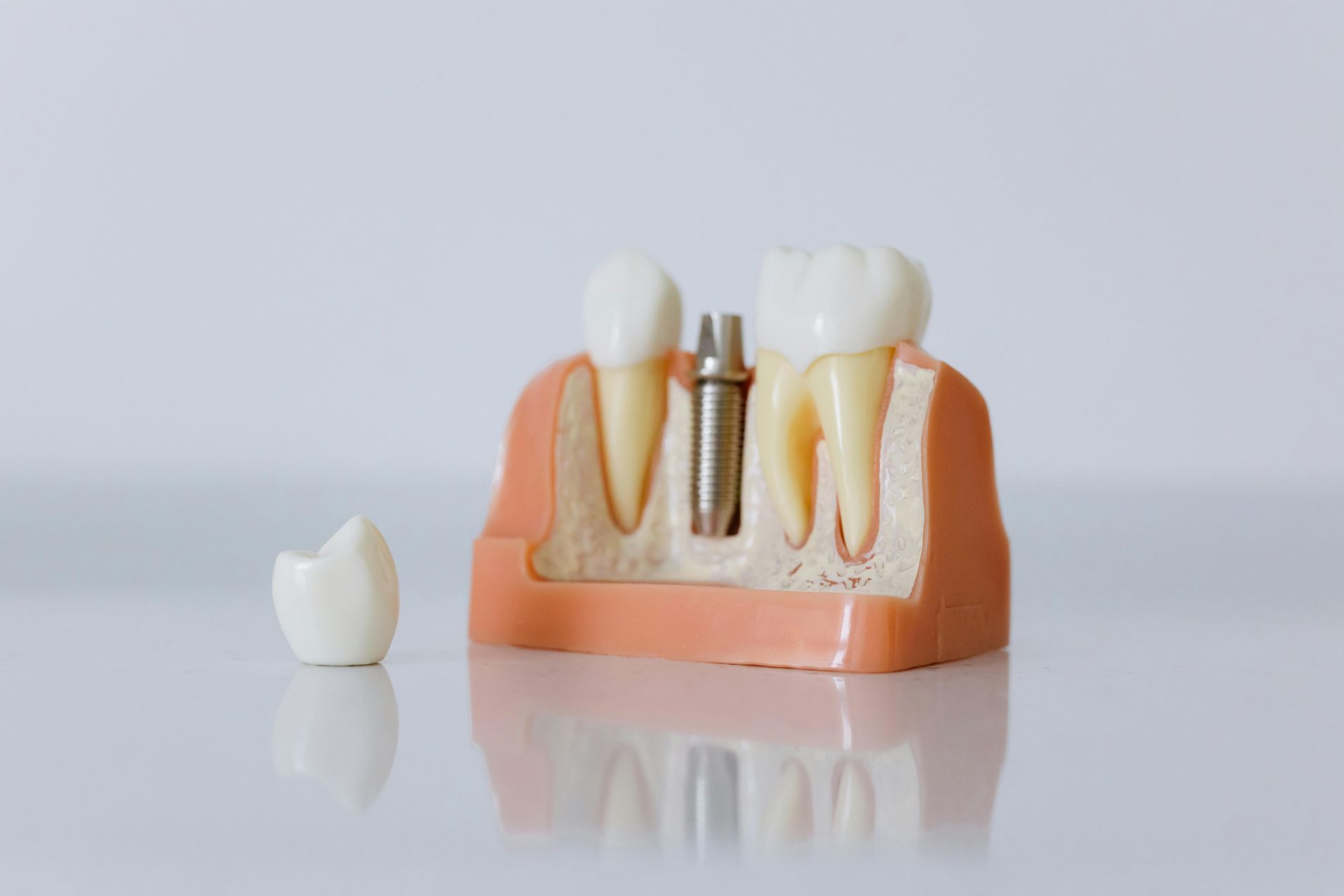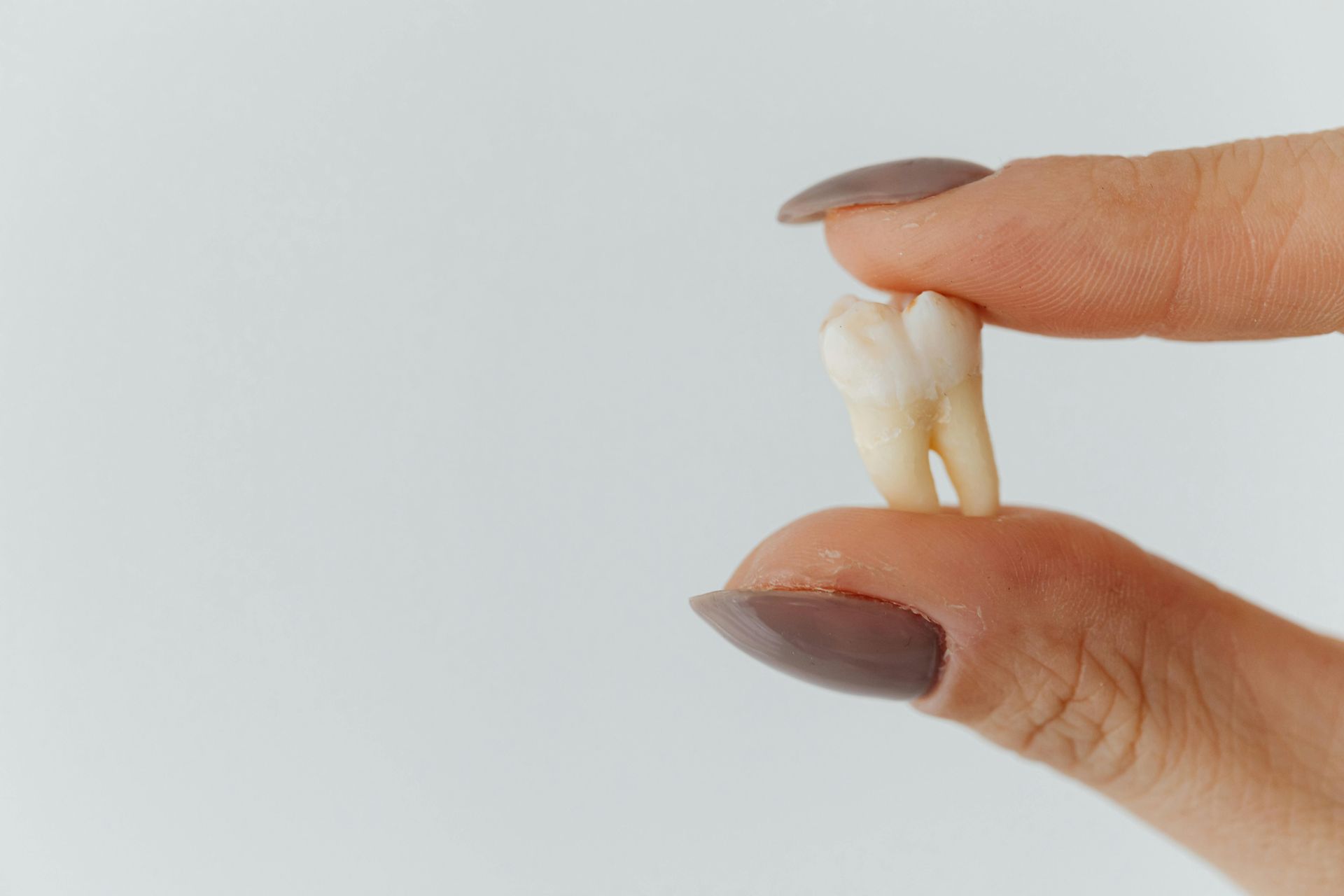Understanding Different Types of Tooth Extractions
Nobody likes to think about getting a tooth pulled. For most people, just the words "tooth extraction" bring on images of old-fashioned pliers and maybe a cartoon character yelling “Ouch!” But the truth is, modern dental procedures are light years away from that. Tooth removal today is safe, efficient, and often the best solution for protecting your overall dental health.
If you’re wondering about the different types of tooth extractions, when they’re necessary, and what to expect, this guide will walk you through everything you need to know. And if you’re in Casa Grande or nearby, your friendly Casa Grande dentist at
Super Smiles 4 Families is here to make the process as smooth as possible.
Why Tooth Extractions Are Sometimes Necessary for Dental Health
The idea of removing a tooth might sound intimidating, but extractions are often done to preserve your dental health, not harm it. When a tooth becomes too damaged, infected, or misaligned, keeping it can lead to more serious oral health issues.
Here are a few common reasons for tooth extraction:
- Severe decay – When a cavity is so large that a filling or crown won’t help.
- Gum disease – Advanced periodontal disease can loosen teeth, requiring removal.
- Impacted teeth – Often wisdom teeth that don’t have room to grow properly.
- Overcrowding – Sometimes teeth need to be removed before orthodontic treatment.
- Infections – An untreated infection can spread, making extraction the safest choice.
Think of it like pruning a tree. Sometimes, removing one weak branch (or in this case, tooth) helps the whole tree stay strong.
Simple Tooth Extraction: The Most Common Type
A simple tooth extraction is the most straightforward dental procedure for removing a tooth that is visible and accessible above the gum line.
What Happens in a Simple Tooth Extraction?
- Exam and X-rays – Your dentist checks the tooth’s position and root structure.
- Anesthesia – Local anesthesia is used to numb the area. You’ll feel pressure, not pain.
- Loosening the Tooth – Special instruments gently wiggle the tooth free.
- Removal – The tooth is lifted out smoothly, with minimal discomfort.
When Is a Simple Extraction Used?
- When decay has destroyed a tooth beyond repair.
- When a baby tooth overstays its welcome and blocks a permanent one.
- When preparing for orthodontics to create room for alignment.
Simple extractions are routine and quick. Many patients are surprised by how little discomfort they experience. Honestly, the scariest part is usually just hearing the word “extraction.”
Surgical Tooth Removal: When Things Get More Complex
Not all extractions are simple. Sometimes teeth break off at the gum line or are trapped beneath the surface. That’s when surgical tooth removal comes into play.
What Is Surgical Tooth Removal?
A surgical extraction is a more advanced dental procedure. It involves making a small incision in the gum to access the tooth. In some cases, bone may need to be removed or the tooth cut into smaller pieces to ensure safe removal.
Common Reasons for Surgical Tooth Removal
- Impacted wisdom teeth – These are the most frequent candidates for surgical extraction.
- Broken teeth – If a tooth shatters or only part of it remains above the gum line.
- Curved or long roots – Some roots don’t follow the “rulebook” and require extra care.
- Infections below the gum line – Deep infections may make simple extraction impossible.
Surgical removal may sound intimidating, but modern techniques and anesthesia make it manageable. Many patients even nap through the procedure and wake up relieved that the pain-causing tooth is gone.
Wisdom Teeth Extractions: The Late Bloomers
Wisdom teeth are the troublemakers of the dental world. These third molars usually arrive in your late teens or early twenties, often when there’s little to no room left in your mouth.
Why Wisdom Teeth Are Often Removed
- Impaction – When the tooth grows sideways or doesn’t fully erupt.
- Overcrowding – Extra molars can push other teeth out of alignment.
- Infection risk – Partially erupted wisdom teeth can trap bacteria.
- Pain and swelling – Some wisdom teeth simply cause daily discomfort.
While some people keep their wisdom teeth without issue, many need them removed to protect their dental health. This is usually a surgical tooth removal and may involve stitches and a little extra recovery time.
Recovery After Tooth Extraction: What to Expect
Whether it’s a simple or surgical tooth extraction, recovery is an important part of the process. Taking proper care of your mouth afterward helps prevent complications and speeds up healing.
Dos and Don’ts for Recovery
Do:
- Bite down gently on gauze to control bleeding.
- Use ice packs to reduce swelling.
- Stick to soft foods like yogurt, oatmeal, or scrambled eggs.
- Rest and take prescribed medication as directed.
Don’t:
- Smoke or vape (this delays healing and increases risk of dry socket).
- Drink through a straw (the suction can dislodge healing clots).
- Eat crunchy, spicy, or hot foods too soon.
- Ignore signs of infection like worsening pain or swelling.
Healing time varies, but most people feel much better within a week. Following your dentist’s instructions makes all the difference.
Call Super Smiles 4 Families for Tooth Extractions in Casa Grande
Fast, Gentle, and Professional Dental Care
If you’re dealing with tooth pain, infection, or overcrowding, don’t wait until the problem gets worse. At Super Smiles 4 Families, we provide professional tooth extraction services in Casa Grande and surrounding areas. From simple tooth extractions to surgical tooth removals, we’ll guide you through the process with comfort and care.
Our team also offers a wide range of other dental services to keep your smile healthy, including pediatric dentistry, dental implants, and emergency extractions. Whatever your dental health needs, we’re here for you and your family.
Call us today at
(520) 436-0843 to schedule an appointment with a caring Casa Grande dentist. Your dental health matters, and we’ll make sure you leave our office smiling brighter.
FAQs
Is a tooth extraction painful?
No. With modern anesthesia, you won’t feel pain during the procedure. You may feel pressure, but the actual removal is comfortable.
How long does recovery take after a tooth extraction?
Most people feel better within a week. Full healing of the socket may take a few weeks, depending on the complexity of the extraction.
Do all wisdom teeth need to be removed?
Not necessarily. Some people have enough space for wisdom teeth to grow normally. However, many need removal to prevent overcrowding or infection.
What is the difference between a simple extraction and a surgical extraction?
A simple extraction removes a visible tooth above the gum line, while a surgical extraction requires an incision and is used for impacted or broken teeth.
Can I go back to work after a tooth extraction?
Many patients return to work the next day, especially after simple extractions. For surgical procedures, you may need a couple of days to rest.












